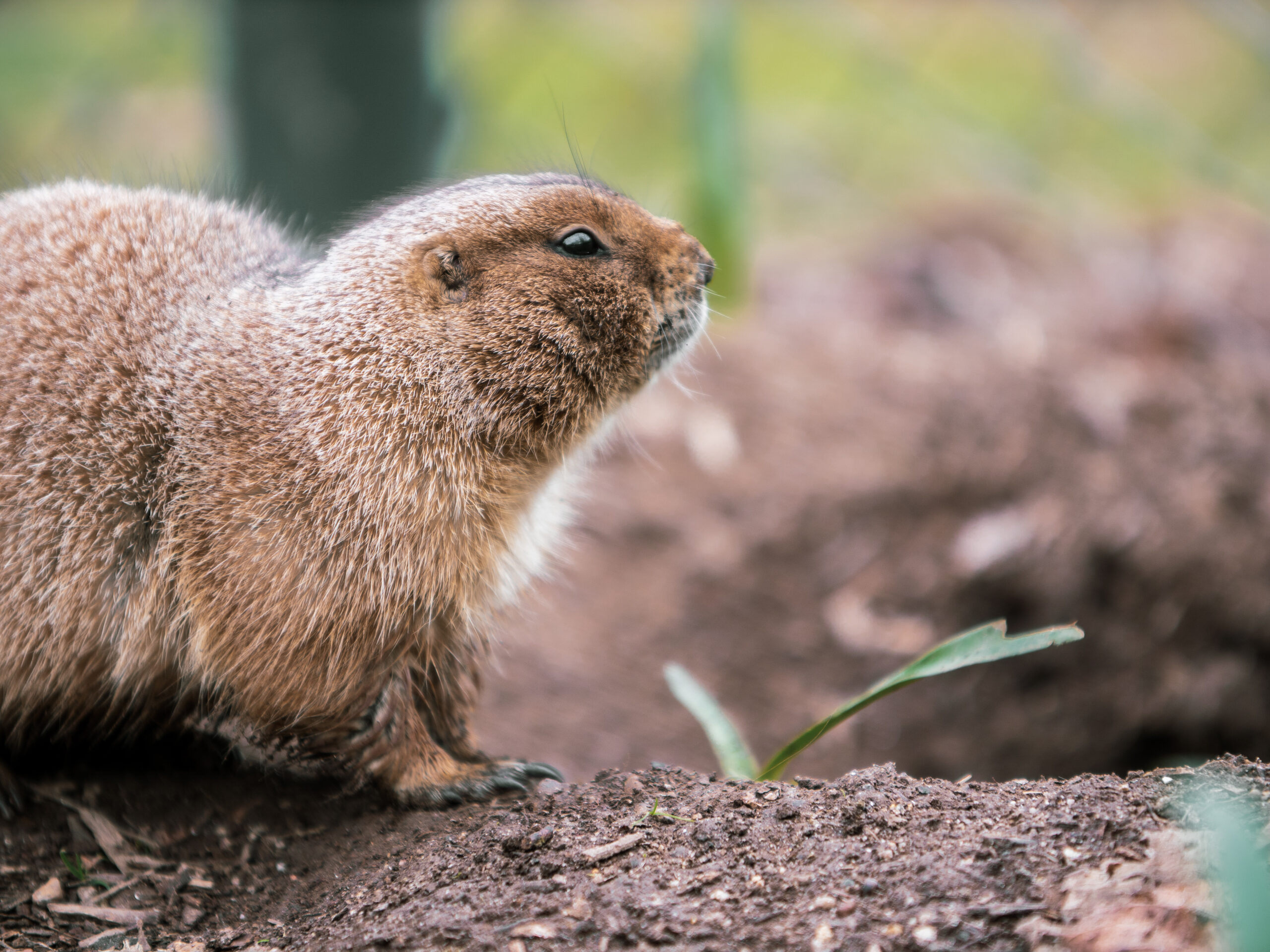Black-tailed Prairie Dog
Cynomys ludovicianus

Cynomys ludovicianus
This small, charismatic rodent lives in large colonies on the prairies of North America. It lives in huge underground burrows, connected by tunnels. These burrows are super organized, and each one has a well-defined function: nursery, utility room or even bathroom!
Quero Apadrinhar